
How to Use LR7843 MODULE: Examples, Pinouts, and Specs
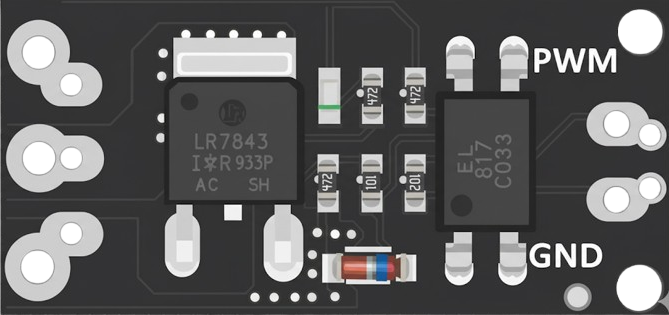
 Design with LR7843 MODULE in Cirkit Designer
Design with LR7843 MODULE in Cirkit DesignerIntroduction
The LR7843 module is a low-power, high-performance wireless communication module designed for Internet of Things (IoT) applications. It supports various communication protocols, making it a versatile choice for connecting devices to the internet or other networks. Its compact design and energy efficiency make it ideal for battery-powered devices and embedded systems.
Explore Projects Built with LR7843 MODULE
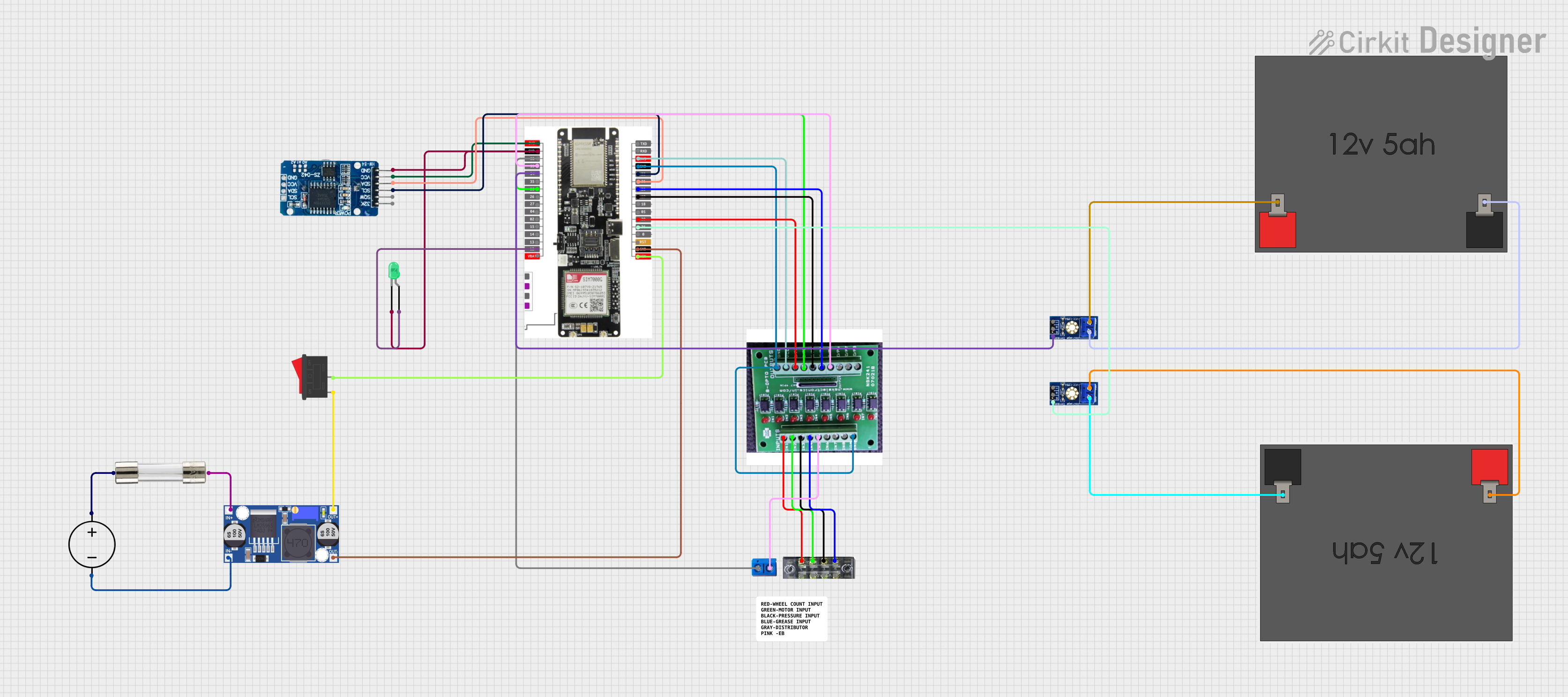
 Open Project in Cirkit Designer
Open Project in Cirkit Designer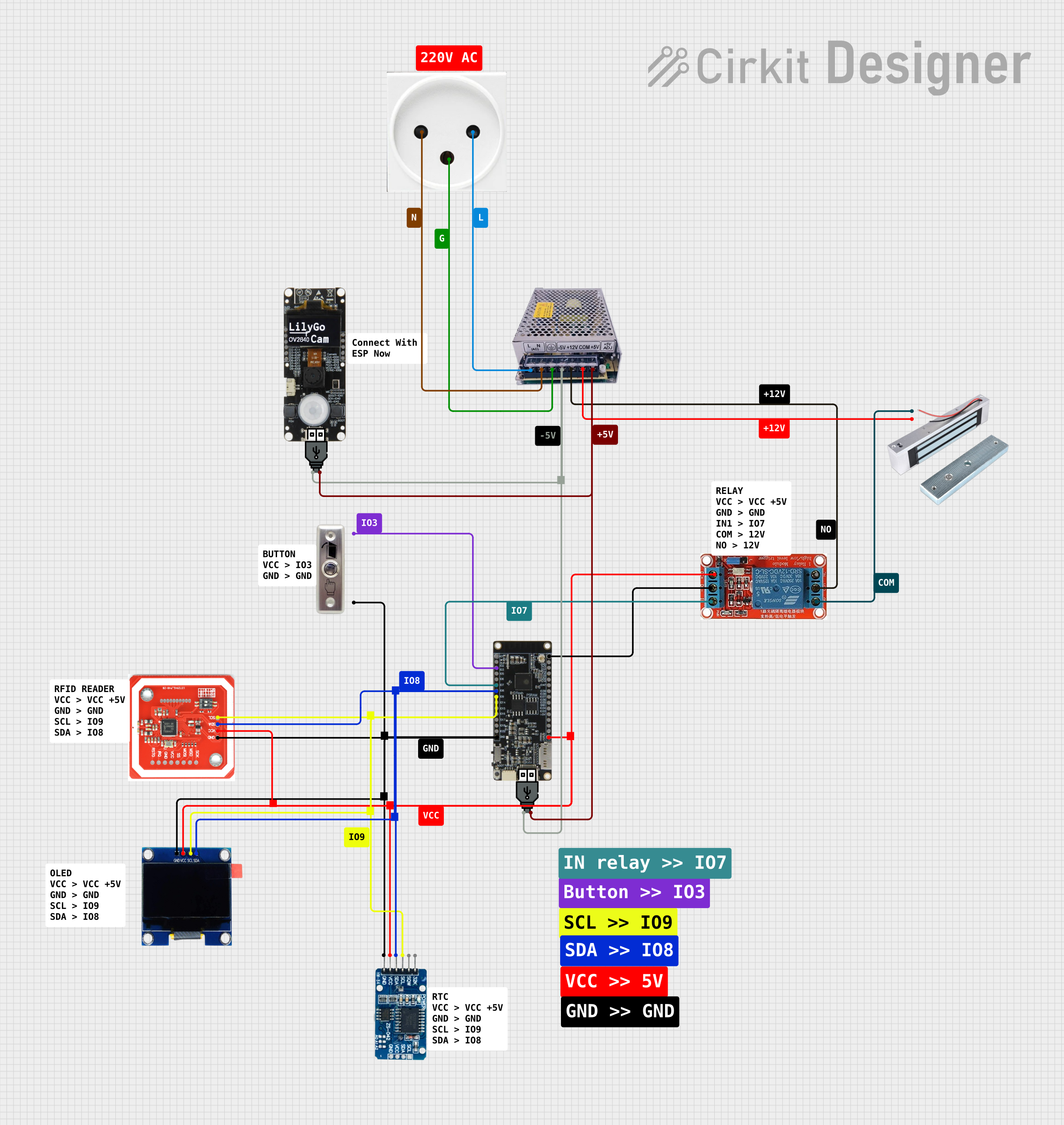
 Open Project in Cirkit Designer
Open Project in Cirkit Designer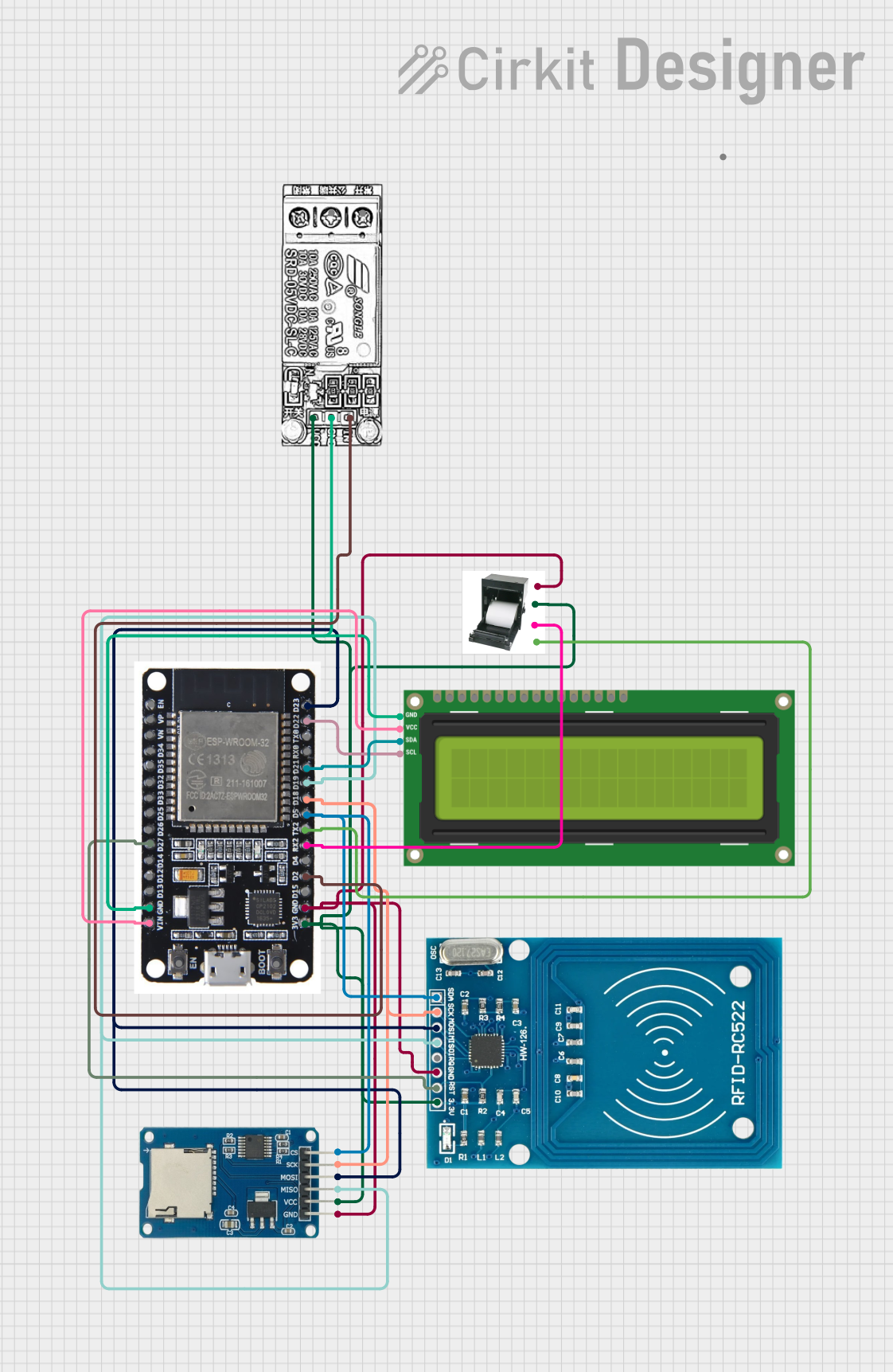
 Open Project in Cirkit Designer
Open Project in Cirkit Designer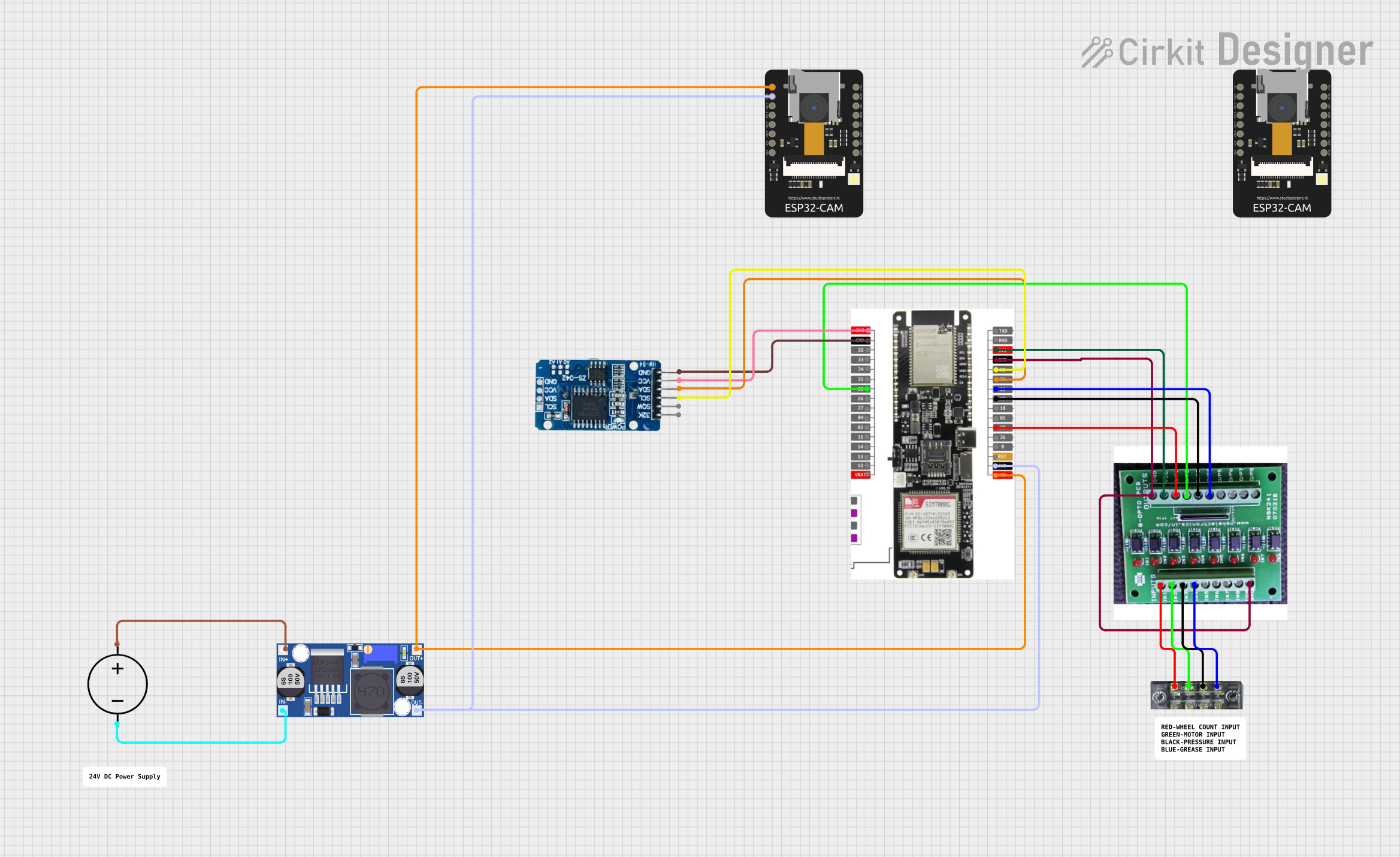
 Open Project in Cirkit Designer
Open Project in Cirkit DesignerExplore Projects Built with LR7843 MODULE

 Open Project in Cirkit Designer
Open Project in Cirkit Designer
 Open Project in Cirkit Designer
Open Project in Cirkit Designer
 Open Project in Cirkit Designer
Open Project in Cirkit Designer
 Open Project in Cirkit Designer
Open Project in Cirkit DesignerCommon Applications and Use Cases
- Smart home devices (e.g., smart thermostats, lighting systems)
- Industrial IoT (e.g., remote monitoring, predictive maintenance)
- Wearable technology
- Wireless sensor networks
- Asset tracking and fleet management
- Environmental monitoring systems
Technical Specifications
The LR7843 module is designed to deliver reliable wireless communication while maintaining low power consumption. Below are its key technical details:
General Specifications
| Parameter | Value |
|---|---|
| Operating Voltage | 3.3V |
| Operating Current | 50mA (typical) |
| Communication Protocols | Wi-Fi, Bluetooth, Zigbee |
| Frequency Range | 2.4 GHz |
| Data Rate | Up to 1 Mbps |
| Operating Temperature | -40°C to +85°C |
| Dimensions | 25mm x 15mm x 3mm |
Pin Configuration and Descriptions
The LR7843 module typically has a 10-pin interface. Below is the pinout and description:
| Pin Number | Pin Name | Description |
|---|---|---|
| 1 | VCC | Power supply input (3.3V) |
| 2 | GND | Ground |
| 3 | TX | UART Transmit pin |
| 4 | RX | UART Receive pin |
| 5 | EN | Enable pin (active high) |
| 6 | GPIO1 | General-purpose I/O pin |
| 7 | GPIO2 | General-purpose I/O pin |
| 8 | RESET | Reset pin (active low) |
| 9 | ANT | Antenna connection |
| 10 | NC | Not connected (reserved for future use) |
Usage Instructions
The LR7843 module is straightforward to integrate into IoT projects. Below are the steps and best practices for using the module:
How to Use the LR7843 Module in a Circuit
- Power Supply: Connect the VCC pin to a stable 3.3V power source and the GND pin to the ground.
- Communication Interface: Use the TX and RX pins to establish UART communication with a microcontroller or other host device.
- Enable the Module: Pull the EN pin high to activate the module.
- Antenna Connection: Attach an appropriate antenna to the ANT pin for optimal wireless performance.
- Reset: Use the RESET pin to restart the module if needed.
Important Considerations and Best Practices
- Voltage Levels: Ensure that the module operates at 3.3V. Using higher voltages may damage the module.
- Antenna Placement: Place the antenna away from metal surfaces or other components to avoid signal interference.
- UART Configuration: Configure the UART interface with the correct baud rate (typically 9600 bps) for reliable communication.
- Firmware Updates: Check for firmware updates from the manufacturer to ensure compatibility with the latest protocols and features.
Example: Connecting the LR7843 Module to an Arduino UNO
Below is an example of how to connect and use the LR7843 module with an Arduino UNO:
Wiring Diagram
| LR7843 Pin | Arduino Pin |
|---|---|
| VCC | 3.3V |
| GND | GND |
| TX | Pin 10 (RX) |
| RX | Pin 11 (TX) |
| EN | 3.3V |
| RESET | Pin 12 |
Arduino Code Example
#include <SoftwareSerial.h>
// Define RX and TX pins for SoftwareSerial
SoftwareSerial LR7843(10, 11); // RX = Pin 10, TX = Pin 11
void setup() {
// Initialize serial communication with the module
LR7843.begin(9600); // Set baud rate to 9600
Serial.begin(9600); // For debugging via Serial Monitor
// Enable the module
pinMode(12, OUTPUT); // Set RESET pin as output
digitalWrite(12, HIGH); // Pull RESET pin high to enable the module
Serial.println("LR7843 Module Initialized");
}
void loop() {
// Send data to the LR7843 module
LR7843.println("Hello, LR7843!");
// Check for incoming data from the module
if (LR7843.available()) {
String data = LR7843.readString();
Serial.println("Received from LR7843: " + data);
}
delay(1000); // Wait for 1 second
}
Troubleshooting and FAQs
Common Issues and Solutions
No Communication with the Module
- Cause: Incorrect UART configuration or wiring.
- Solution: Verify the TX and RX connections. Ensure the baud rate matches the module's default setting (9600 bps).
Module Not Powering On
- Cause: Insufficient or unstable power supply.
- Solution: Ensure the VCC pin is connected to a stable 3.3V source. Check for loose connections.
Weak or No Signal
- Cause: Poor antenna placement or interference.
- Solution: Reposition the antenna away from metal objects or other electronic components.
Module Not Responding to Commands
- Cause: Module not enabled or in reset state.
- Solution: Ensure the EN pin is pulled high and the RESET pin is not held low.
FAQs
Q1: Can the LR7843 module operate at 5V?
A1: No, the module is designed to operate at 3.3V. Using 5V may damage the module.
Q2: What is the maximum range of the LR7843 module?
A2: The range depends on the communication protocol and environmental conditions. Typically, it can achieve up to 100 meters in open spaces.
Q3: Can I use the LR7843 module with other microcontrollers besides Arduino?
A3: Yes, the module can be used with any microcontroller that supports UART communication.
Q4: How do I update the firmware of the LR7843 module?
A4: Refer to the manufacturer's documentation for firmware update instructions. Typically, updates are performed via the UART interface.
By following this documentation, you can effectively integrate the LR7843 module into your IoT projects and troubleshoot common issues.